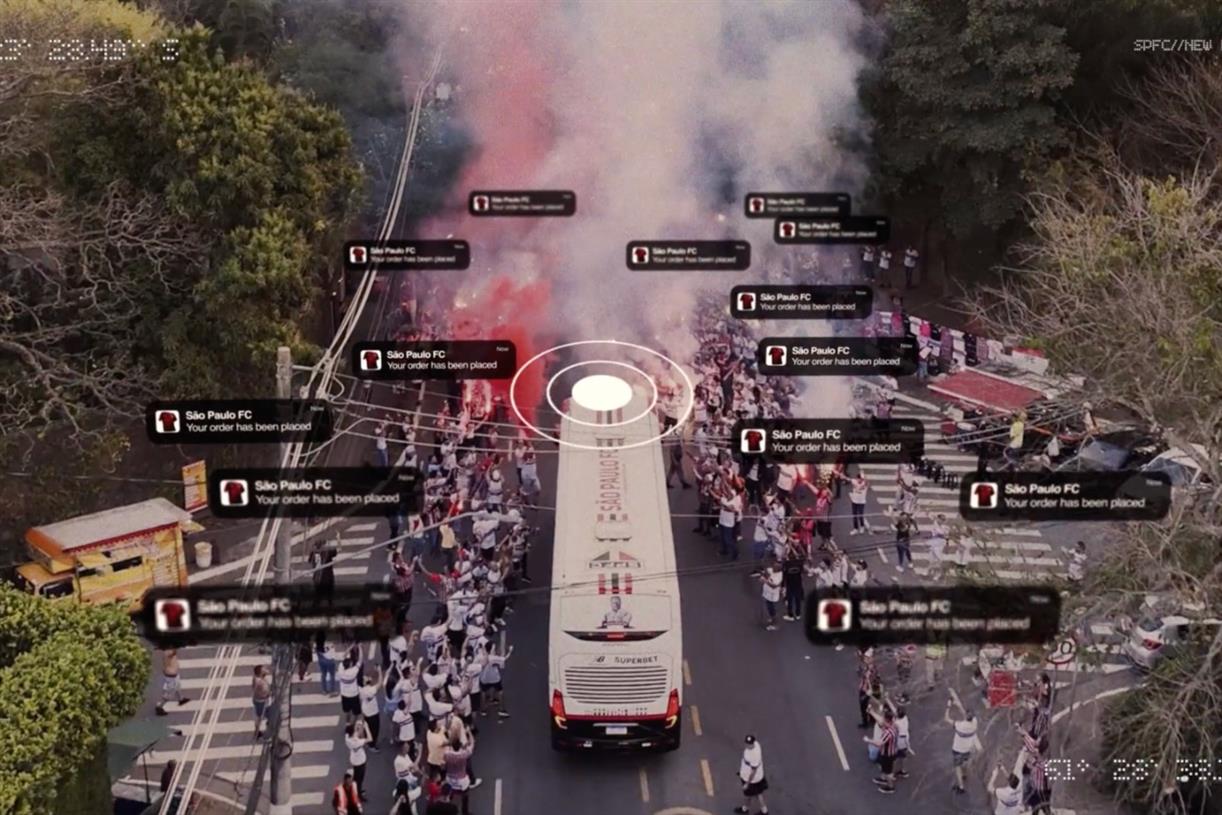How signal loss is giving way to investment in zero-party data
Loss of signal due to privacy regulations has meant less-consistent attribution, but zero-party data is showing impressive gains in marketing effectiveness.

The past six months have been a period of uncertainty for brands. In the context of an economic downturn, a potential recession and increasingly frequent layoffs, marketing budgets have been under scrutiny and experienced cuts over the past few years, according to Deloitte’s most recent CMO Survey.
This has pushed marketing teams to re-evaluate their spend and to double down on the investments that have proven to make an impact. As ad budgets shrink—74% of advertisers are feeling the effects of the economy when considering their budgets in 2023—more and more brands are looking for solutions that offer the best possible chance of conversion.
Traditional ad spends can be unreliable and inaccurate with targeting, and as a result marketing teams are turning to tools and data that reveal actualized and demonstrated purchasing habits of their customers.
There are a variety of reasons why brands are moving away from the costly guessing game of traditional digital advertising channels and opting for new strategies that promote active audience involvement and real-time decision influencing. One is that marketing channels are impacted by signal loss. With updates to consumer privacy rules impacting most major ad platforms, brands are losing signal and brand marketers are no longer able to reliably track and reach their target audiences in the same ways they used to.
This loss of signal has also meant less-consistent attribution and measurement of the efficacy of ad spends. Brands are finding that campaigns on popular channels such as Google, Facebook and Snapchat aren’t driving the measurable results they need to make a solid business case.
The inability to track and follow consumer engagement also extends to the physical world. Brands looking to uncover whether a shopper visited a store and purchased Pepsi and Ben & Jerry’s ice cream, or a Whopper at Burger King, are left in the dark without an engaged audience willing to share their purchase history.
Zero-party data built from connections
As a result, brands are driving targeting results and impact with zero-party data, a term coined by Forrester Research as data that “a customer intentionally and proactively shares with a brand.” Forrester notes that it can include preference center data, purchase intentions, personal context and how individuals want a brand to recognize them.
Zero-party data is unlike the more commonly known first-party data; this data has an emphasis on information being knowingly and willingly shared by a group of people. Using zero-party data, brands can predict consumer behavior and make informed decisions about product investment and development. While traditional ads are consumed in fleeting moments with intense oversaturation, zero-party data helps brands build stronger, more meaningful connections with shoppers.
The gaps in accurately tracking consumer engagement have provided a valuable business opportunity, and verified zero-party data is today’s answer to targeting engaged audiences with precision and permission.
Here’s an example: A popular CPG brand began using zero-party data to guide marketing decisions, using voluntary consumer data to learn more about its ideal shopper. With this knowledge, the brand launched new marketing programs, and saw a 79% increase in wallet share at Walmart, 23,000 new buyers and an 18% increase in per-trip spend.
One leading consumer engagement and performance marketing provider is Fetch, with a platform bringing over 500 brands to consumers in its app, including Unilever, Pepsi, General Mills, Mars Wrigley and Kimberly-Clark. Its platform captures data from 17 million monthly active users and 11 million receipts submitted per day, delivering powerful measurement. Its base of consumers and households within the mobile app enables brand managers to change consumer brand preferences and increase incremental sales by driving customers to stores, restaurants or online to seek out new products and experiences.
Creating longer-term value
Rather than using a generic ad to try to target those who might be a good fit for a product or brand, it’s been shown that engaging with consumer audiences through a mixture of custom offers and user communications creates long-term value by shifting buying behavior over time. Verified consumer-submitted data leaves unreliable metrics skewed by duplicate accounts and bots out of the equation.
Brands today need the confidence in knowing exactly the consumers they’re reaching. Consumer-submitted data allows brands to follow shopper behavior from click to brick, drawing clear correlations between advertising and purchases across channels. Zero-party data is a valuable alternative to the loss of signal with traditional networks.

 Kass
Kass 
































